
Dubai's latest skyscraper, the Engineer's Office Tower No 1 (Dusit Dubai), now stands in its 151-m-high resplendent glory as an inverted 'Y'-shape on the Shaikh Zayed Road, close to the Defence Roundabout. The tower is now receiving the final finishing touches in preparation for a soft opening which is scheduled for this month. The project marks the entry of Thai-based Dusit Hotels and Resorts chain in the Gulf region.
The 36-storey complex is a residential and commercial development with furnished and unfurnished apartments occupying each leg of the inverted 'Y' and a five-star hotel taking up the main body of the structure, says Baha Qedrah, assistant project manager for Khatib & Alami, the consultant on the project, which is managed by the Projects Department of the Engineer's Office.
The development also includes an adjacent multi-storey car-park.
Describing the project, Osama Al Taher, senior project manager for Al Habtoor Engineering Enterprises (HEE), main contractor on the project, says: ''The 151-m-high building comprises two basement levels, ground, mezzanine, 36 floors and two roof levels. The basement level is 8.2 m below the ground level.
''The lower basement has the banquet hall and pre-function hall and a large kitchen, while the upper basement has administration and electrical rooms.''
The ground floor houses the reception and entrance halls, a huge lounge, Deli, salon, boutique and furnished and unfurnished apartments' entrances. On the mezzanine level is the Siam outlet, a service lobby, atrium gallery, business centre and meeting rooms and hotel administration offices. "Design Division, responsible for the interior design and fit-out package, has exemplified its standing in the market as a high-end, top-quality company - through masterly design and execution of another five-star project," says a spokesperson for Design Division. "A unique luxurious ambience is reflected in the stunning interiors of the function rooms, guest rooms, outlets and public areas, which, combined with technically-advanced finishes and systems ensures a state-of-the-art hospitality environment."
The technical floors are located on levels 1, 23 and 25. Levels 35 and 36 are partially technical.
The building consists of three main sections. The left tower comprises 84 unfurnished apartments from levels 2 to 22. Each floor has four apartments - two three-bedroom and two two-bedroom units.
The right tower comprises furnished apartments on levels 2 to 22. Each floor has seven apartments - four single-bedroom and three two-bedroom apartments. There are 147 furnished apartments in the right leg - 84 one bedrooms and 63 two bedroom flats.
The 24th level is the hotel's restaurant floor with kitchens and associated facilities. It has a Roman restaurant, Thai Restaurant and a Californian Restaurant surrounding a Champagne Lounge at the base of an impressive atrium.
The hotel rises above the 26th level to the 35th, and comprises 174 guestrooms, corner suites and a presidential suite.
Level 34 is the Presidential suite and Executive Lounge, two meeting rooms, besides suites and guestrooms. It has a distribution corridor overlooking the atrium.
Two health clubs, a gymnasium and an open-air swimming pool are located on level 36 which also has lobbies overlooking the atrium.
The lower and upper roof levels are dedicated for the machine room and water tanks. The upper roof level also has the facade-cleaning machine rail track at split levels.
The building has three separate entrances -one each for the hotel, furnished and unfurnished apartments. There is another entrance for the banquet hall.
There are three lifts for each of the three entrances, one lift for the banquet hall and two lifts in the car-parking facility.
The three-storey car-park is located behind the hotel and can accommodate 250 cars. There is additional surface parking space for 81 cars.
Taher continues: "Work on the project started in November 1998. The building sits on a raft foundation on top of piles. The superstructure comprises concrete walls, columns and transfer slabs at level 24, including solid slabs and hourdi slabs. Unitised aluminium panels have been used for the structural glazing.''
Work on the foundation started in December 1998. Following the shoring, the first pile was poured in January 1999.
A dewatering system comprising four pumps at -14.5 m and four units at -18 m was installed to lower the ground water level. Piling work on the tower block was completed by February 1999 with excavation works carried out to -11.0 m level. Dynamic and static load tests for the piles under raft were carried out, with integrity test undertaken for 1,200 mm piles. Anti-termite treatment, blinding, waterproofing and screed under raft were also undertaken.
Work on the raft foundation was completed by March 10, 1999. 45/20 SRC concrete was used both for the raft slab and the piles. Piling work on the car-park facility was completed in March.
''The foundation covers an area of 2,500 sq m area and the depth of the raft is 2.8 m - 2,000 tonnes of steel was used and 6,200 cu m of concrete was poured into the raft in a record time of 32 hours," says Taher.
Elaborating on the difficulties encountered in the foundation stage, he says: It was a challenging job due to an unexpected, large amount of water - like a reservoir - and a porous layer at -24 m. It was difficult to drill any pile as when we were drilling, water was coming through other piles at -11 m, which was the working platform. We overcame this problem by developing a dewatering system.''
Work on the superstructure began in mid-April 1999. Formwork was designed and supplied by Peri of Germany and installed by Al Habtoor. The structure comprises complete columns and walls.
The ground level covers the entire footprint area of the complex. The mezzanine level is divided into two sections connected by two bridges. Above the mezzanine level, the project rises as two towers. Work on the towers, up to level 23, was executed as two separate projects with two different teams from HEE involved.
The construction of the project presented HEE with one of the most difficult challenges faced by the construction industry in the region, according to Taher.
The challenge was how to support the main central body of the building with two legs standing 14 m apart, he explains.
Taher continues: ''This was achieved by connecting the two legs at the 24th floor by a transfer slab consisting of two continuous beams, 52 m long and 2 m by 2 m in cross-section.
The slab is made up from four major reinforced concrete beams of 2 m by 2.5 m by 14 m consisting of 70 cu m of concrete, and each weighing 175 tonnes.
''A special technique and a new method of construction has been used to support the transfer slab - comprising two slabs, one at the bottom of the beams and one on the top. Temporary steel trusses and huge embedded plates and brackets were used to support the transfer slabs. This was a very risky and complicated job.
''Superstructure works also comprised steel arches covered with aluminium cladding which had to be lifted and hung at 75-m height, and beams were suspended at 83-m height.
"The transfer slab and two end arches were the major challenge we faced while executing the project. The problem was to have supporting system at a height of 83 m without following the traditional way of support -that is a scaffolding system.
"A new suspension system was designed and fabricated by HEE in cooperation with Peri.
"The roof work was also very complicated due to its inclined shape. It also has all facilities there such as the mechanical floor and the swimming pool. Besides, time was also limited.
"Peri designed the system of the roof concrete inclined beams, and inclined slabs at 150 m height.''
"The experience of HEE helped solve the above problems," he adds.
The building reached its full height in June 2000 when work on the upper and lower roof levels was completed. Blockwork too had reached level 35.
The building has a total built-up area of 65,000 sq m. A total of 50,000 cu m of concrete was used along with 9,000 tonnes of steel reinforcement. At the peak of construction, 907 men were on site from HEE in addition to 500 men from sub-contractors.
For the structural glazing, Alico and HEE worked very hard on safety, Taher says.
Special monorails were required to fix the inclined aluminium panels on both sides of the building at 96 m and 127-m heights. Double glazing - both tempered reflective and laminated - was used on the project. Cladding was manufactured in the US and glass was from Europe. Different tests, both outdoor and mock-up, were carried out. Wind and water tests were done by specialists,'' he points out.
The tower has different types of flooring for different areas including marble, screed, wood, concrete and carpet, while the finishes on the walls include plaster and paint/wall paper and fabrics. Certain areas have concrete ceilings while others have false ceilings. Partitions comprise block and plaster gypsum board.
Several specialist subcontractors were involved in MEP (mechanical, electrical and plumbing) jobs.
The building has a centralised HVAC (heating, ventilation and air-conditioning system), BMS (building management system), fire alarms connected with the civil defence, a public address system, CCTV (closed circuit television) and emergency lighting.
The cooling system comprises eight chillers, all located on the roof of car-park building. Chillers were installed 14 months before the hand-over date.
"MEP contractors have also made a significant achievement which is to supply wild air-conditioning to all areas where we have fit-out decoration," says Taher.
There is a centralised boiler system to provide hot water for hotel floors, furnished apartments and kitchens.
The building has a centralised LPG system for kitchens (excluding the flats). Garbage chutes (for unfurnished apartments) and linen chutes (for hotel and furnished apartments).
Among the major challenges on the project was the safety and welfare of 1,400 workers (excluding interior decorators) at the peak of construction.
HEE had five safety officials on site, one from Design Division, one from the client and one each from the major subcontractors.
"Safety and quality are the prime concerns for HEE all the time," he concludes.



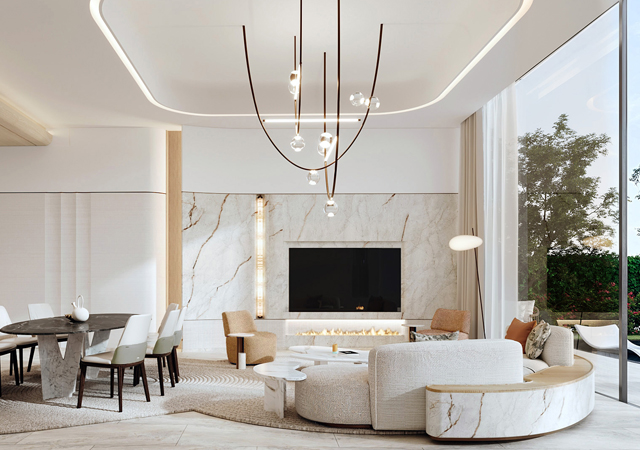
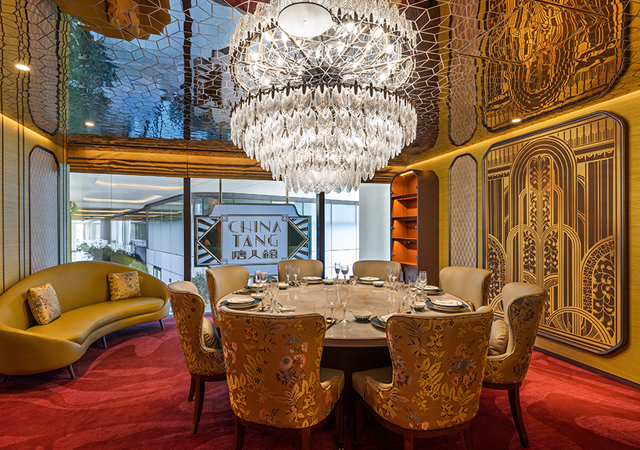
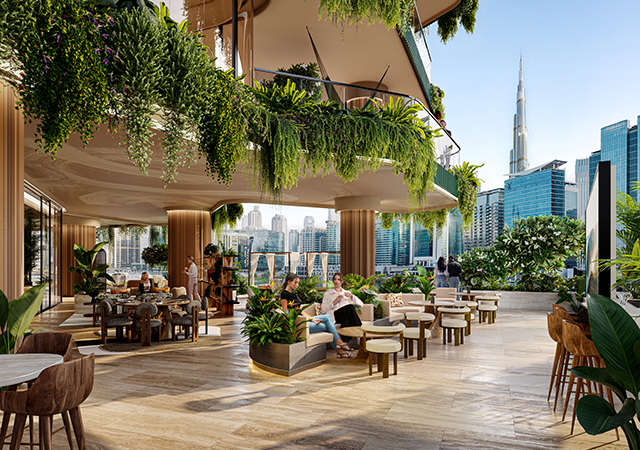
.jpg)
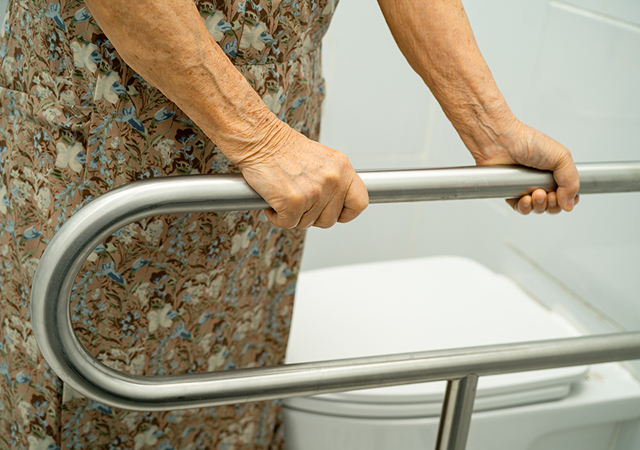

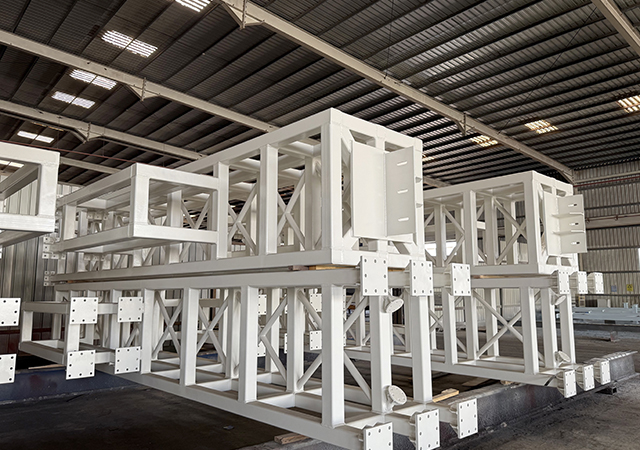

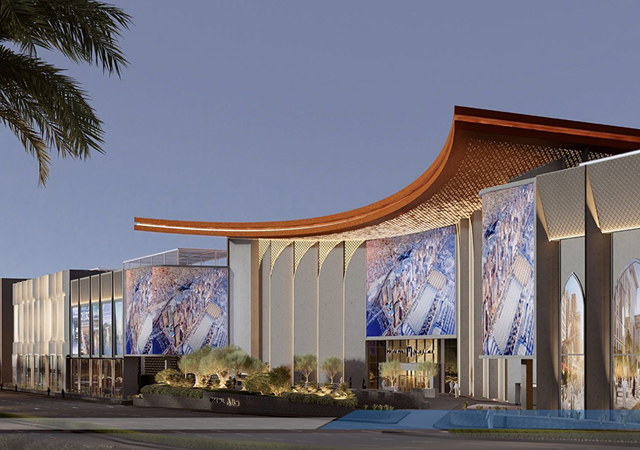
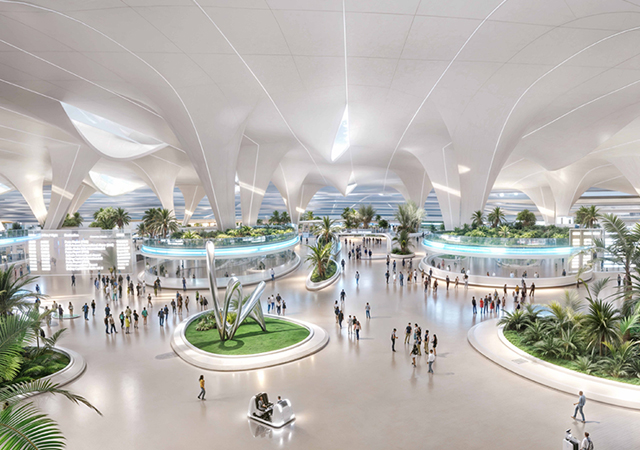

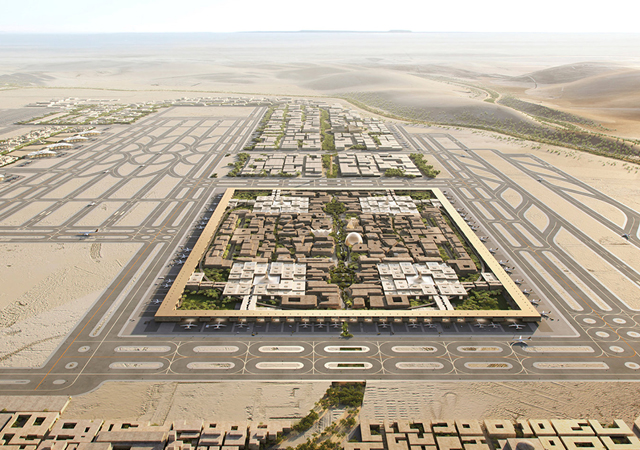
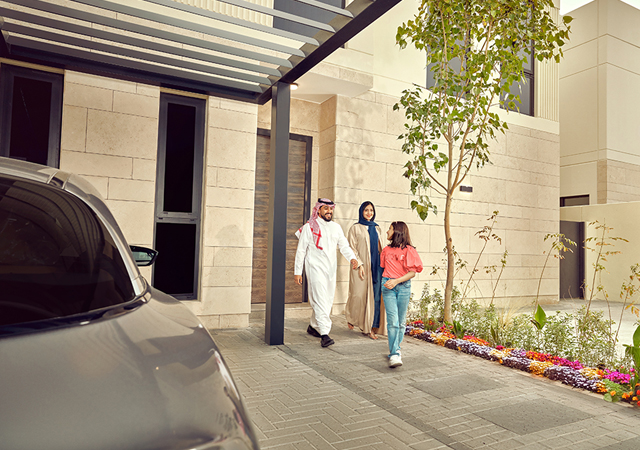
.jpg)

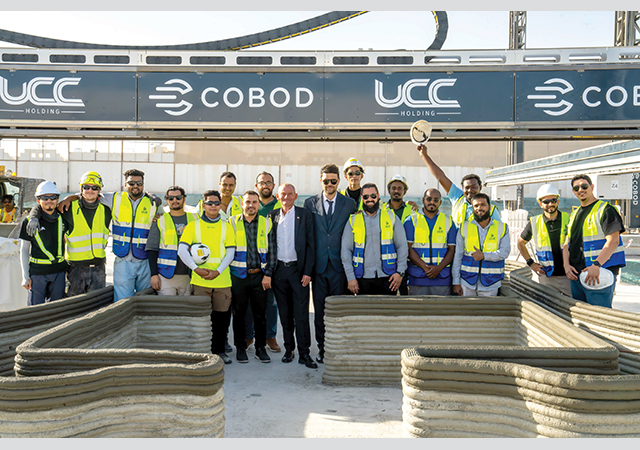
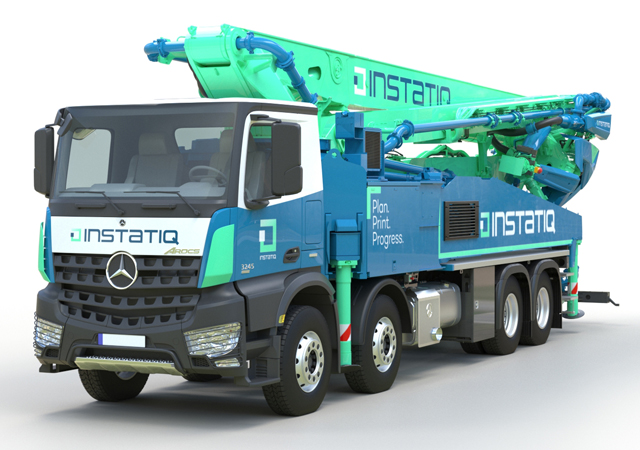
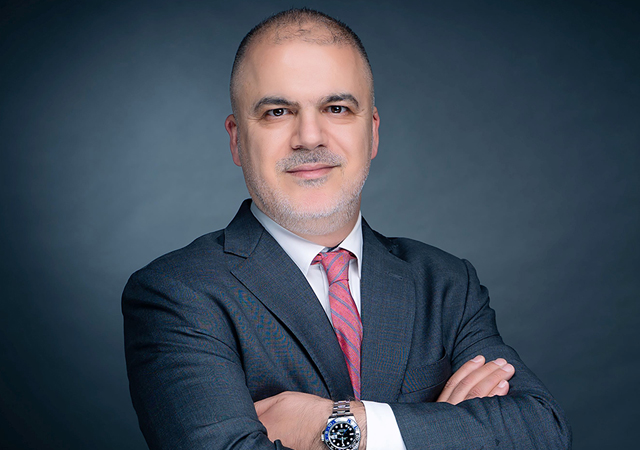
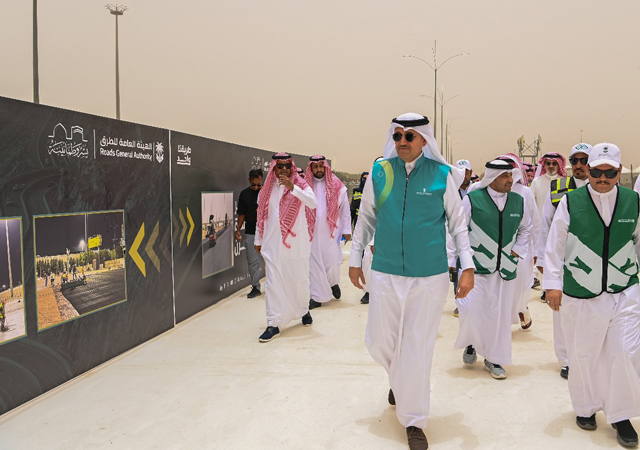
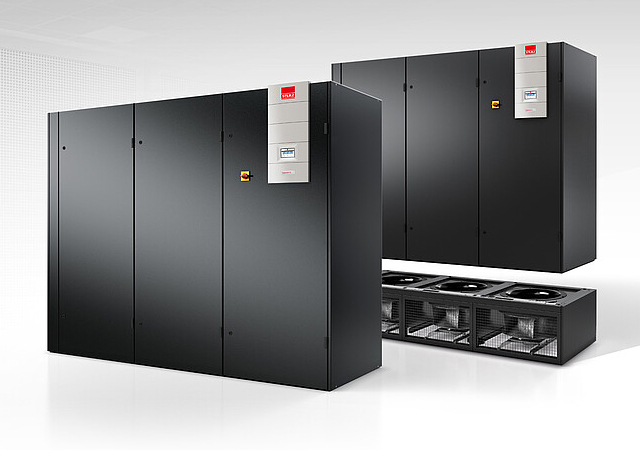
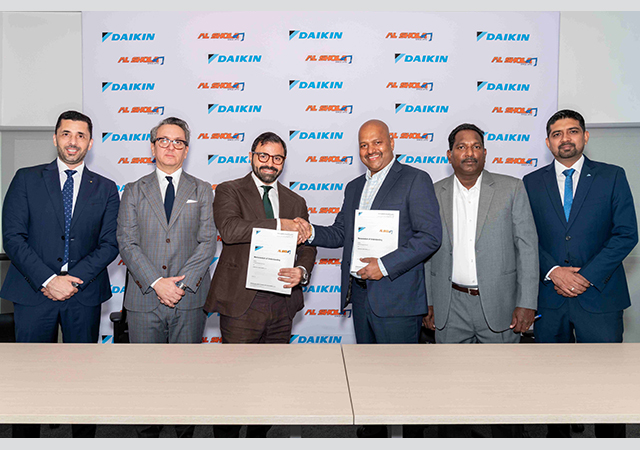
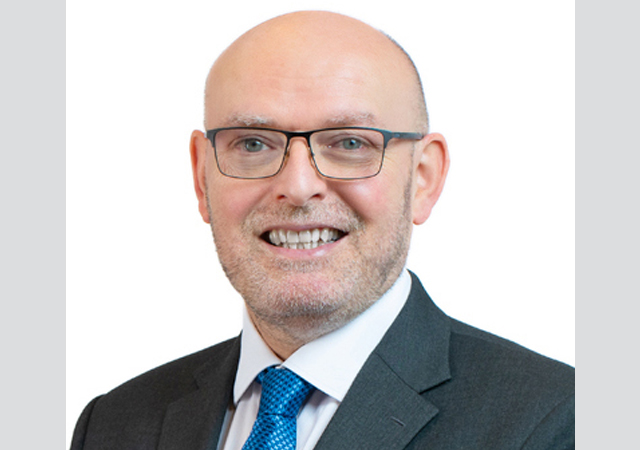
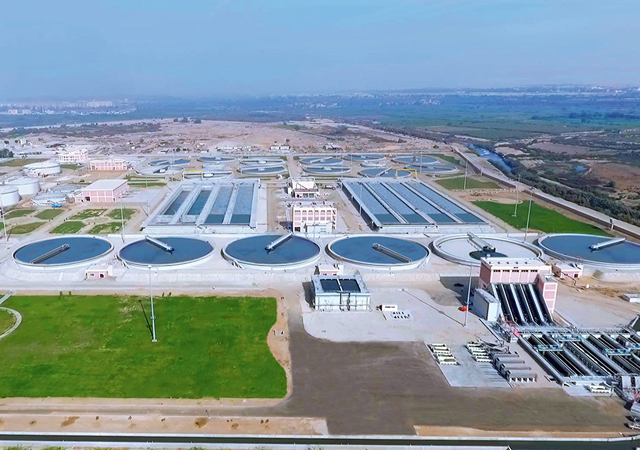

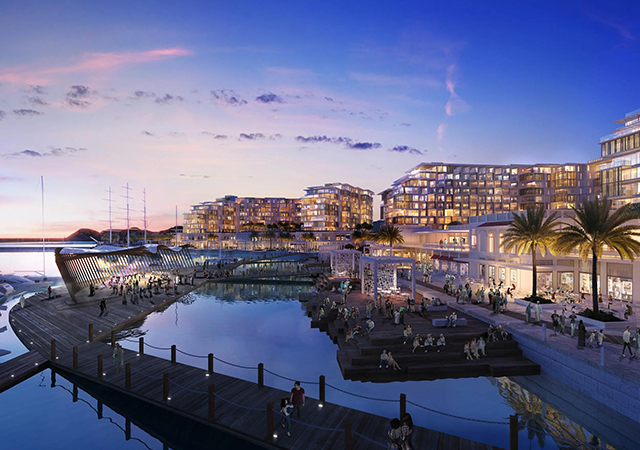
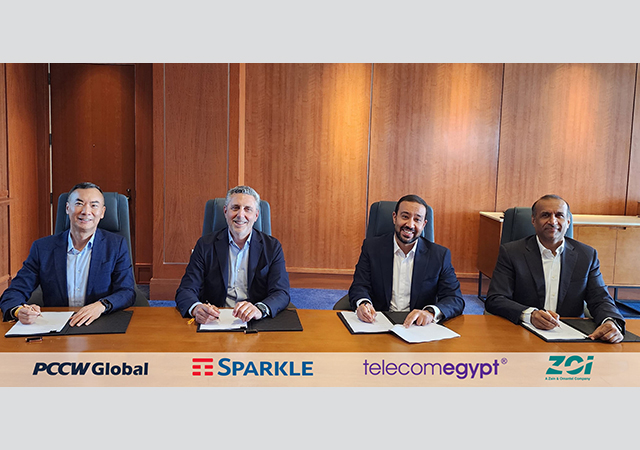
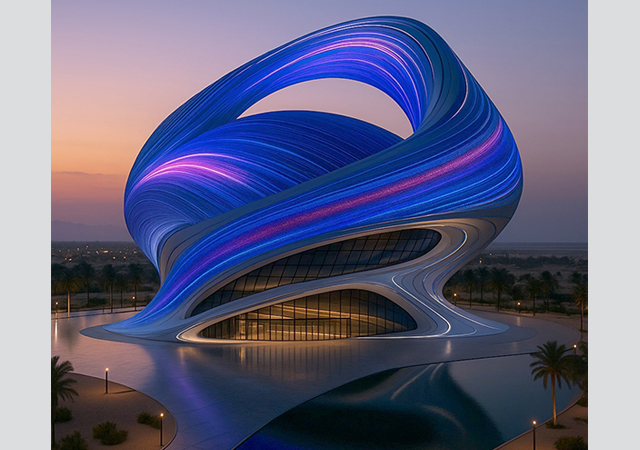
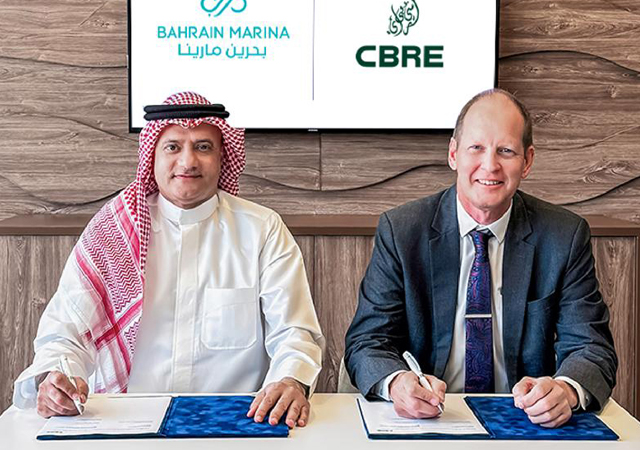
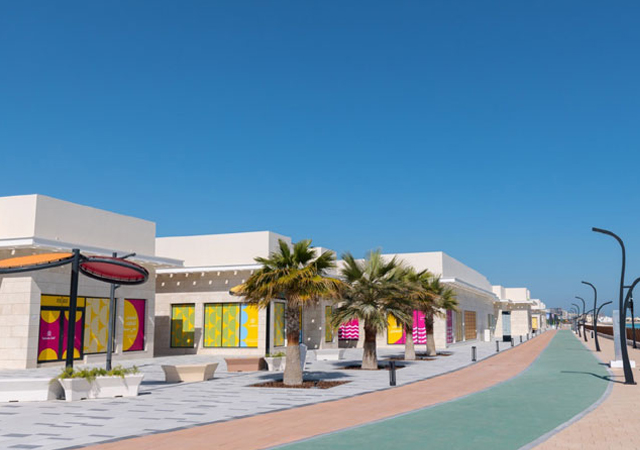
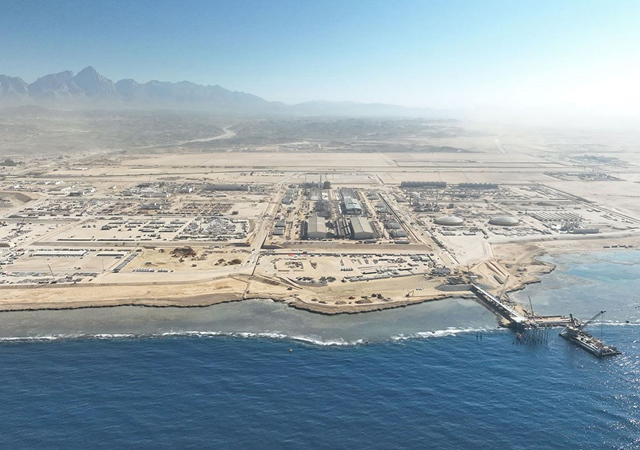
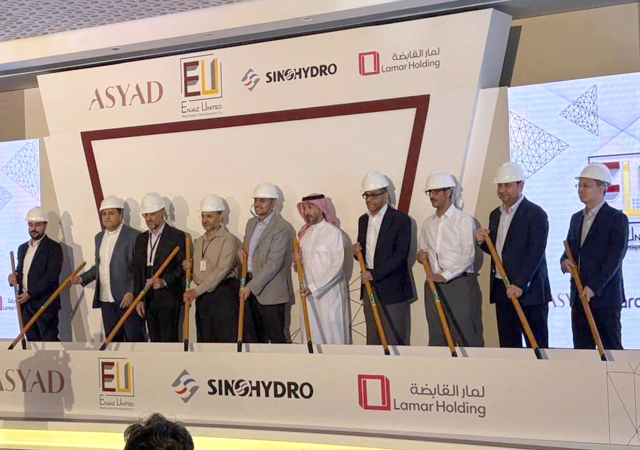
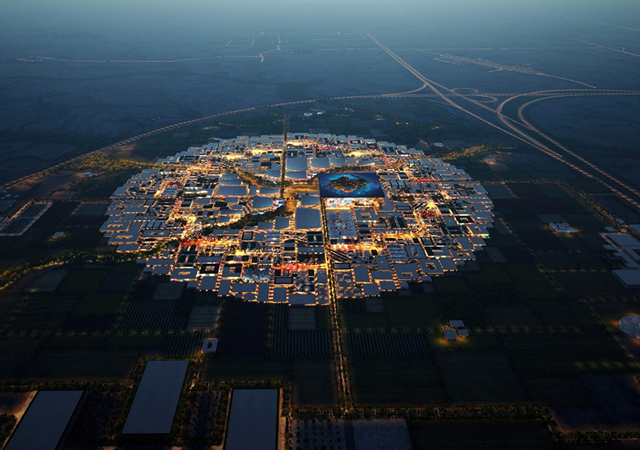
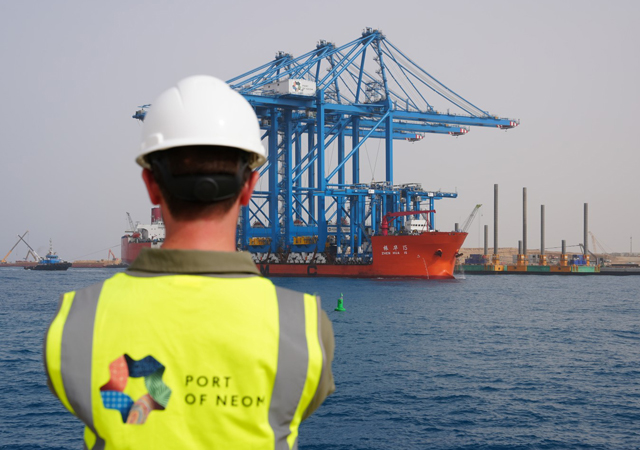
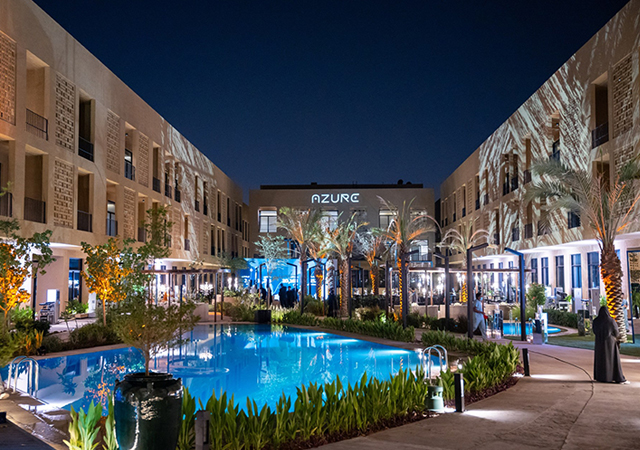
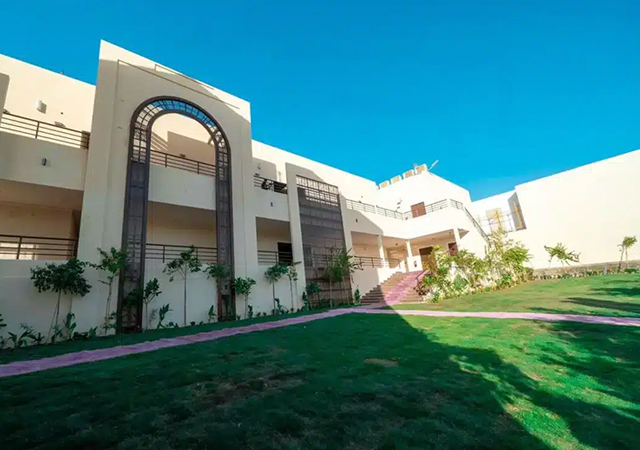
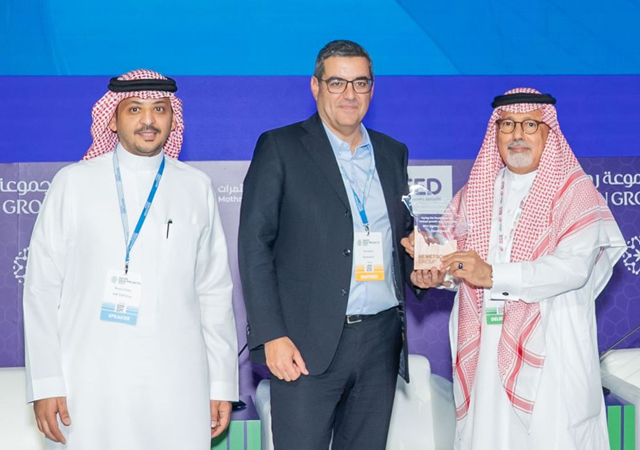
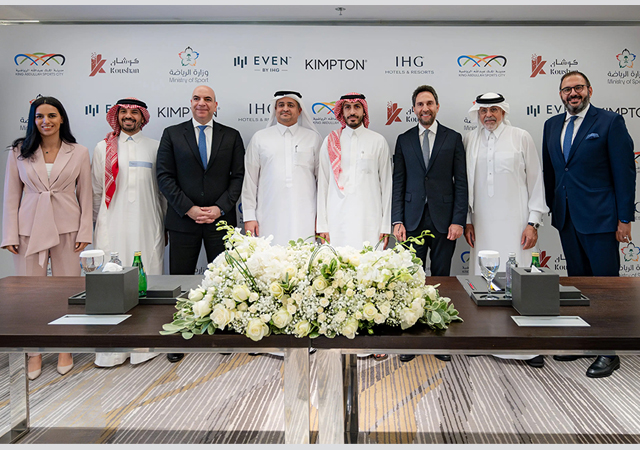
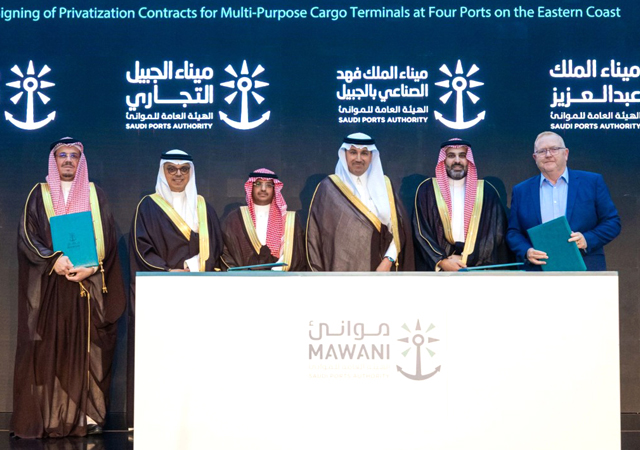
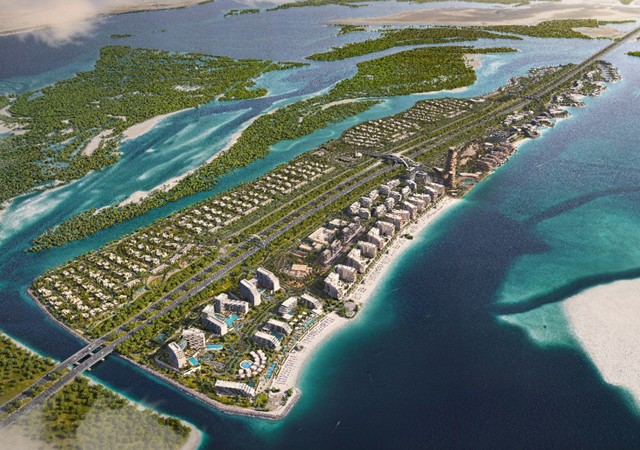
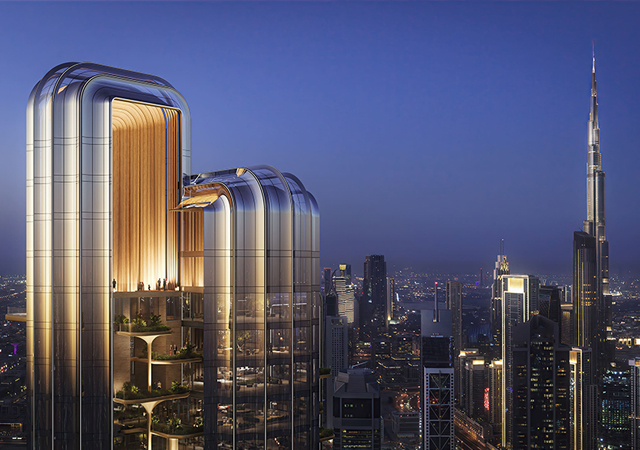
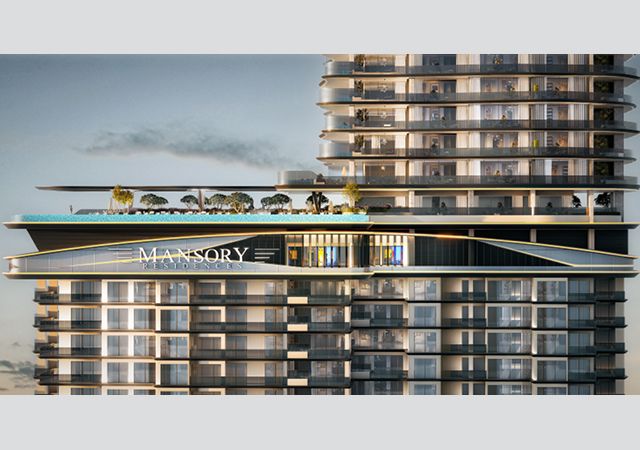
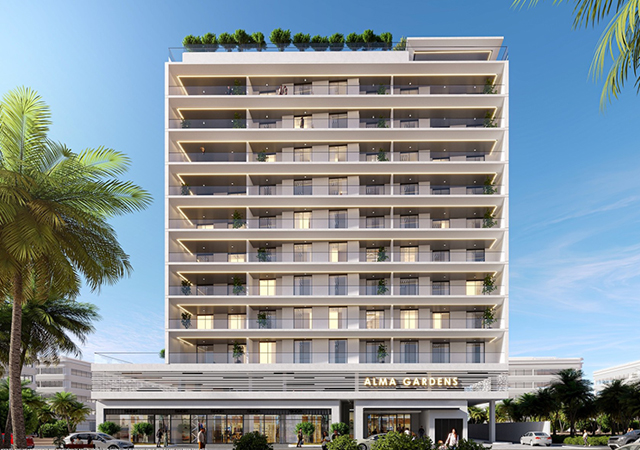

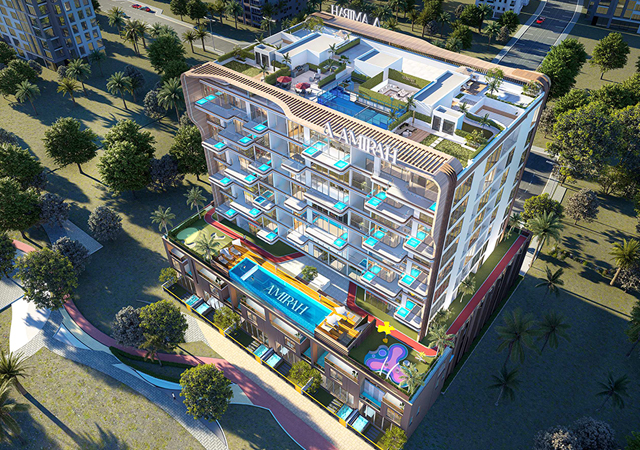
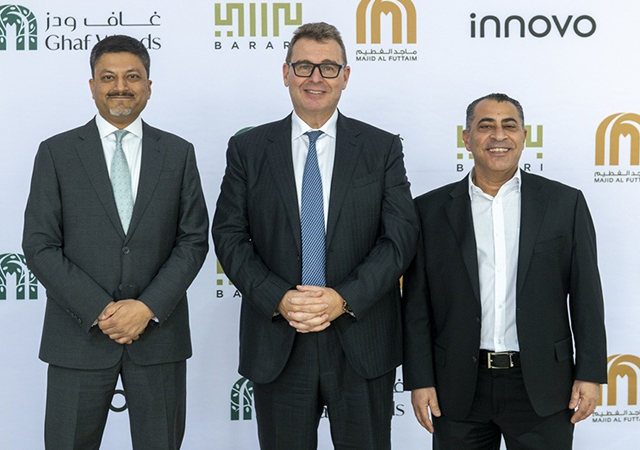
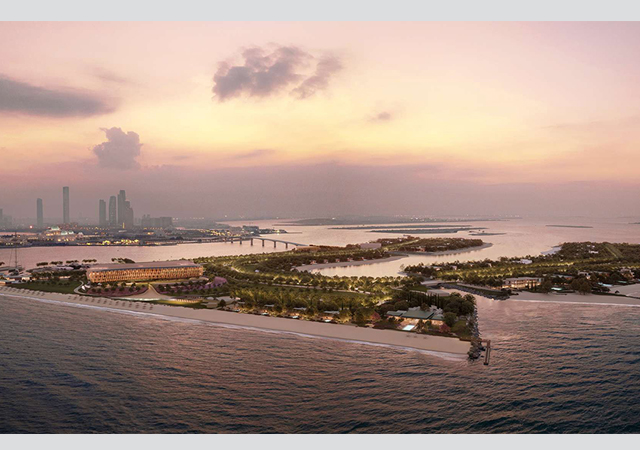
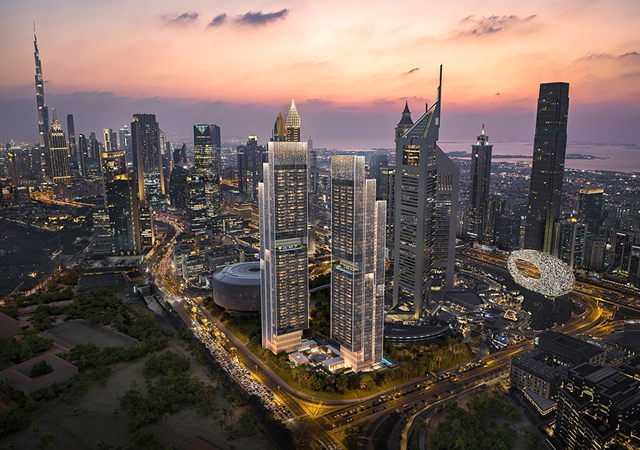
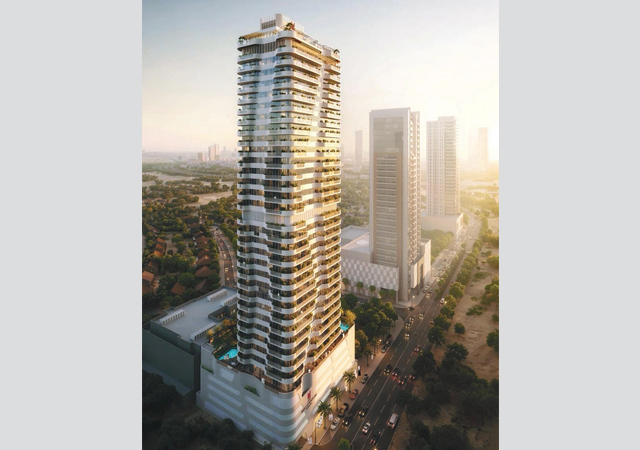
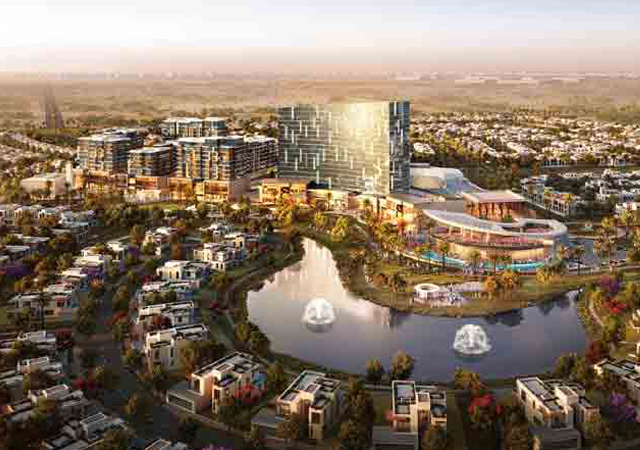
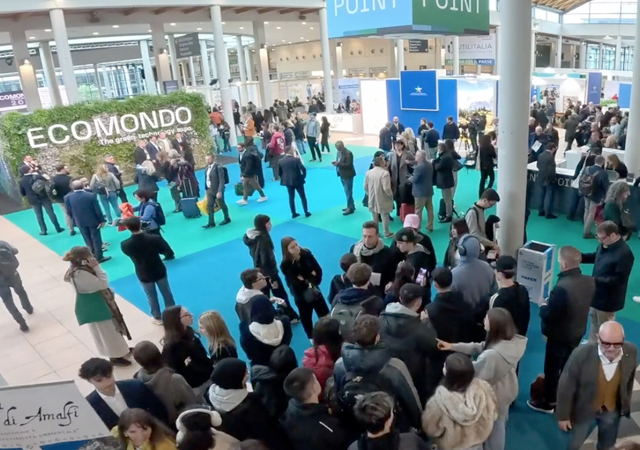
.jpg)





